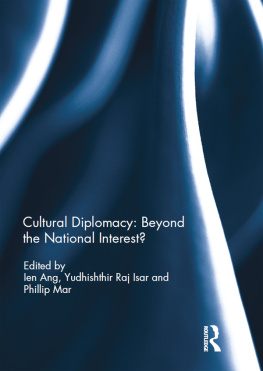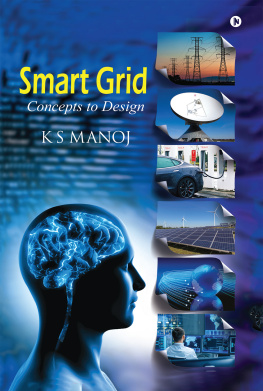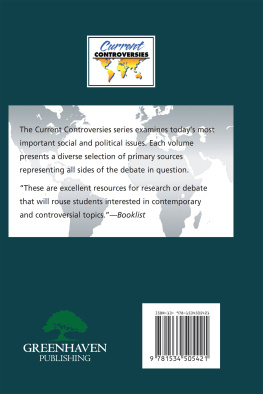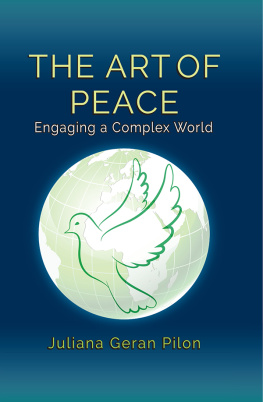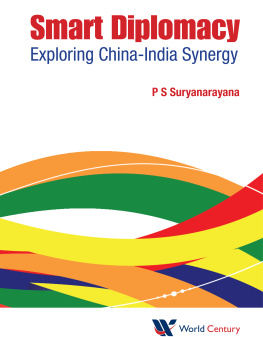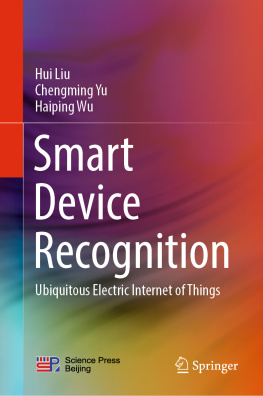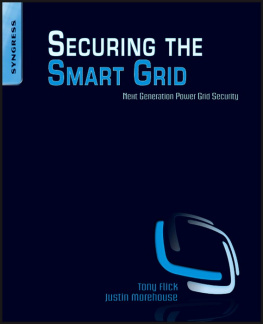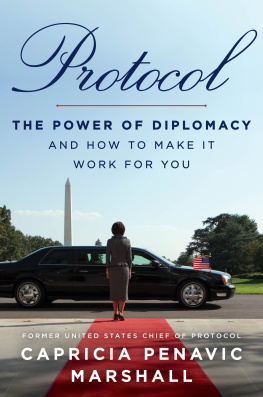Christian Whiton - Smart Power: Between Diplomacy and War
Here you can read online Christian Whiton - Smart Power: Between Diplomacy and War full text of the book (entire story) in english for free. Download pdf and epub, get meaning, cover and reviews about this ebook. year: 2013, publisher: U of Nebraska Press, genre: Politics. Description of the work, (preface) as well as reviews are available. Best literature library LitArk.com created for fans of good reading and offers a wide selection of genres:
Romance novel
Science fiction
Adventure
Detective
Science
History
Home and family
Prose
Art
Politics
Computer
Non-fiction
Religion
Business
Children
Humor
Choose a favorite category and find really read worthwhile books. Enjoy immersion in the world of imagination, feel the emotions of the characters or learn something new for yourself, make an fascinating discovery.

- Book:Smart Power: Between Diplomacy and War
- Author:
- Publisher:U of Nebraska Press
- Genre:
- Year:2013
- Rating:5 / 5
- Favourites:Add to favourites
- Your mark:
- 100
- 1
- 2
- 3
- 4
- 5
Smart Power: Between Diplomacy and War: summary, description and annotation
We offer to read an annotation, description, summary or preface (depends on what the author of the book "Smart Power: Between Diplomacy and War" wrote himself). If you haven't found the necessary information about the book — write in the comments, we will try to find it.
Smart Power: Between Diplomacy and War — read online for free the complete book (whole text) full work
Below is the text of the book, divided by pages. System saving the place of the last page read, allows you to conveniently read the book "Smart Power: Between Diplomacy and War" online for free, without having to search again every time where you left off. Put a bookmark, and you can go to the page where you finished reading at any time.
Font size:
Interval:
Bookmark:
SMART POWER
OTHER TITLES FROM
POTOMAC BOOKS
Information Operations: Warfare
and the Hard Reality of Soft Power
Edwin L. Armistead
Diplomacy Lessons: Realism
for an Unloved Superpower
John Brady Kiesling
Cyberpower and National Security
Franklin D. Kramer, Stuart H.
Starr, and Larry Wentz, eds.
POWER
Between Diplomacy and War
CHRISTIAN WHITON
Foreword by Ambassador Paula J. Dobriansky

2013 by Christian Whiton
All rights reserved
Potomac Books is an imprint of the
University of Nebraska Press.
Library of Congress
Cataloging-in-Publication Data
Whiton, Christian.
Smart power: between diplomacy and
war / Christian Whiton.
pages cm
Includes bibliographical references
and index.
ISBN 978-1-61234-619-9 (hardcover:
alk. paper)
ISBN 978-1-61234-620-5 (electronic)
1. United StatesForeign
relations2001-2009. 2. United
StatesForeign relations2009
I. Title.
E902.W495 2013
327.73dc23 2013013324
Printed in the United States of
America on acid-free paper that meets
the American National Standards
Institute Z39-48 Standard.
Potomac Books
22841 Quicksilver Drive
Dulles, Virginia 20166
First Edition
10 9 8 7 6 5 4 3 2 1
TO MARCO
by Paula J. Dobriansky
Ambassador Paula J. Dobriansky, PhD
Smart power has existed far longer as an idea than it has as a term. It began to be so described only in the previous decade. It means different things to different people but is generally a synthesizing of diverse tools of statecraft, ranging from soft ones like foreign aid to hard ones like military force. Essentially, it describes what governments do when they bring multiple forces to bear on challenges from abroad.
When I first entered government during one of the chillier periods of the Cold War, Washington was preparing to revive what today might be called smart power. The Soviet Union had been on the march and had invaded Afghanistan. Poland was soon to be under martial law, which we knew to be in advanced stages of planning in close coordination with Moscow. Its advent would reprise crackdowns behind the Iron Curtain like those in Hungary in 1956 and Czechoslovakia in 1968. I was one of two directors at the National Security Council (NSC) whose portfolio included the Soviet bloc.
Ronald Reagans arrival at the White House brought not only a different way of seeing the world but also a way of conducting statecraft that distinguished him from predecessors of both political parties. From the beginning, his administration went to great lengths to articulate a strategy toward the Soviet Union. Reagan and his team sought clarity. We developed a series of policy options and statements that were refined into three classified National Security Decision Directives (NSDD) that Reagan signed. The first, NSDD 32, issued in May 1982, encompassed matters ranging from nuclear posture and military alliances to promoting a well-functioning international economic system. Moreover, it laid out steps to increase the cost of Soviet support and use of proxy, terrorist, and subversive forces, and made it policy to contain and reverse the expansion of Soviet control. The second directive, NSDD 66, issued in November 1982, built on diplomatic efforts to limit Moscows ability to gain economic control over U.S. allies, especially in the supply of energy. Reagan signed the third directive of note, NSDD 75, the following January. It broadly recast U.S.-Soviet relations and notably had as a key task competing effectively on a sustained basis with the Soviet Union in all international areas.
Spirited debates between various agencies of government and those of us on the NSC staff at the White House preceded the development of each of these NSDDs. The result in each case was a strategy to use many different tools available to the United States and its allies against the various pillars of support that were enabling the dangerous conduct of Americas chief adversary at the time. This fresh look highlighted many tools and techniques of national power that had been neglected during earlier stages of the Cold War. There was a prominent role for military posture, but most noticeable were the many important tasks outside the military sphere.
However, this holistic approach, while newly refined, was not new in U.S. history. From the beginning of the Cold War, many Americans realized that neither military force nor traditional intergovernmental diplomacy alone would provide for the best defense. Washington and other capitals would have to consider economic and political factors of power as well. My father, Dr. Lev E. Dobriansky, was essentially advancing this concept of smart power when he helped conceive Captive Nations Week in the early 1950s. As the son of Ukrainian immigrants, he grasped that the aspirations of those held involuntarily within the Soviet Union and Eastern Bloc could be a force for peace and a key part of statecraft. The idea of Captive Nations Week was to ensure a focus not only on relations between governments that held power but also on average people and the impact they could have on history, as in the past. President Dwight Eisenhower made the week official by signing a 1959 law that found the desire for liberty and independence by the overwhelming majority of the people of these [captive] nations constitutes a powerful deterrent to war and one of the best hopes for a just and lasting peace.
Of course, for these ideas and principles to become smart power in practice, they had to be followed up by concrete actions. During the George H. W. Bush administration, as the Cold War was coming to a tumultuous end, I oversaw two very different parts of this implementation. At the State Departments Bureau of Human Rights and Humanitarian Affairs, we carefully assessed and presented to the world the human rights violations of various foreign governments, both friend and foe. Subsequently, at the U.S. Information Agency, where I was the associate director in charge of policy and programs, we took steps to inform and influence foreign publics and to deepen engagement between Americans and foreigners. We also broadcast news and commentary throughout the Soviet bloc countries. All of these activities were based on the assumption that ideas and factual information can be powerful enablers of U.S. national security. This was why Allen Dulles, the director of the Central Intelligence Agency from 1953 to 1961, had a biblical verse inscribed in the entrance of that agencys original headquarters building: And Ye Shall Know the Truth and the Truth Shall Make You Free.
Throughout this book, Christian Whiton argues compellingly that these historically successful practices need to be reprised and updated for the current world situation. He deftly explains that smart power is not a checklist of policy options or a simple mix of foreign aid and military force but a wide spectrum of actions and a way of thinking.
Making full use of smart power requires a willingness to challenge our adversaries through peaceful means, which at times has been almost as controversial as using military means. The steps we were able to take in the Reagan administration required a decision by the president to end dtente, the practice of attempting to relax tensions with the Soviet Union initiated by Richard Nixon. Many opposed ending this often one-sided policy, which involved, for example, President Gerald Fords decision to snub and ignore Soviet dissident Aleksandr Solzhenitsyn, whose expulsion from Russia and arrival in America cast new light on an intensively repressive and dangerous system. Reagans departure from dtente, which he called immoral, was a necessary antecedent to utilizing fully smart power. While Reagan was determined to sit down with the Soviets and talk and, in fact, negotiated with them the most effective arms control treaty of the twentieth century he was also direct about his desire to help those under Soviet tyranny free themselves.
Next pageFont size:
Interval:
Bookmark:
Similar books «Smart Power: Between Diplomacy and War»
Look at similar books to Smart Power: Between Diplomacy and War. We have selected literature similar in name and meaning in the hope of providing readers with more options to find new, interesting, not yet read works.
Discussion, reviews of the book Smart Power: Between Diplomacy and War and just readers' own opinions. Leave your comments, write what you think about the work, its meaning or the main characters. Specify what exactly you liked and what you didn't like, and why you think so.

